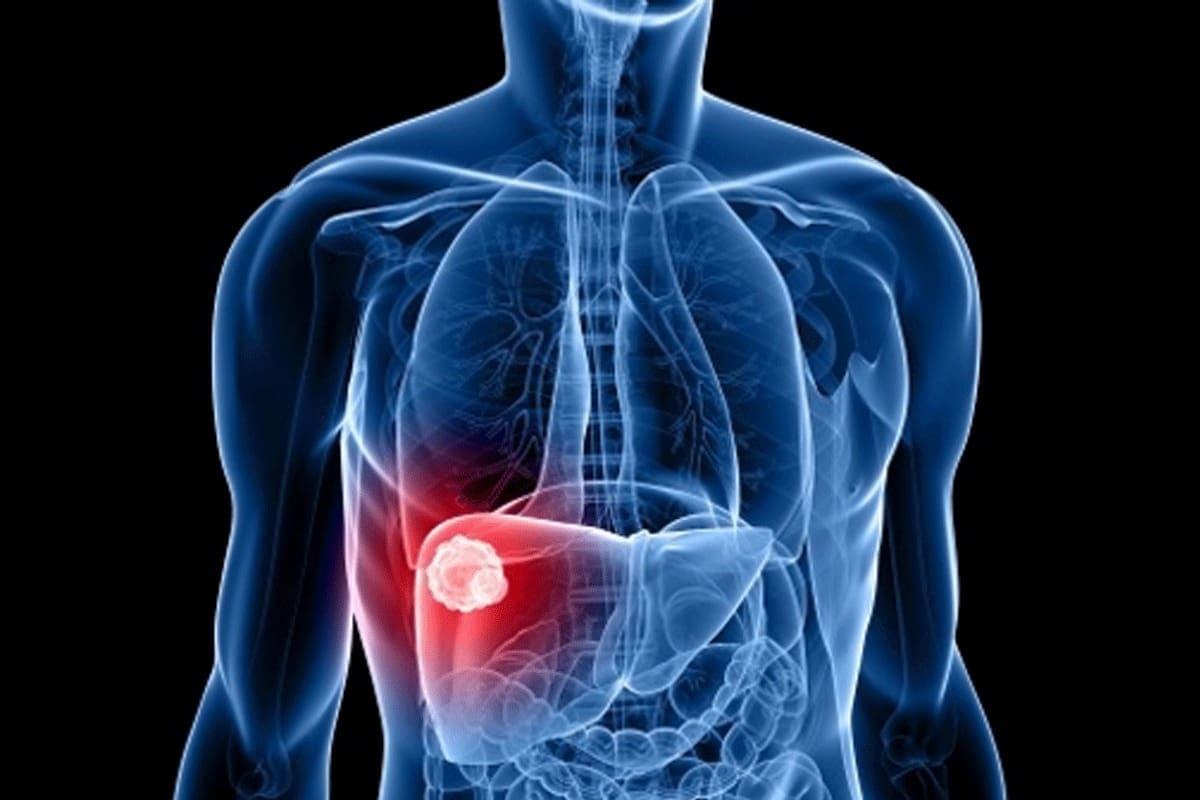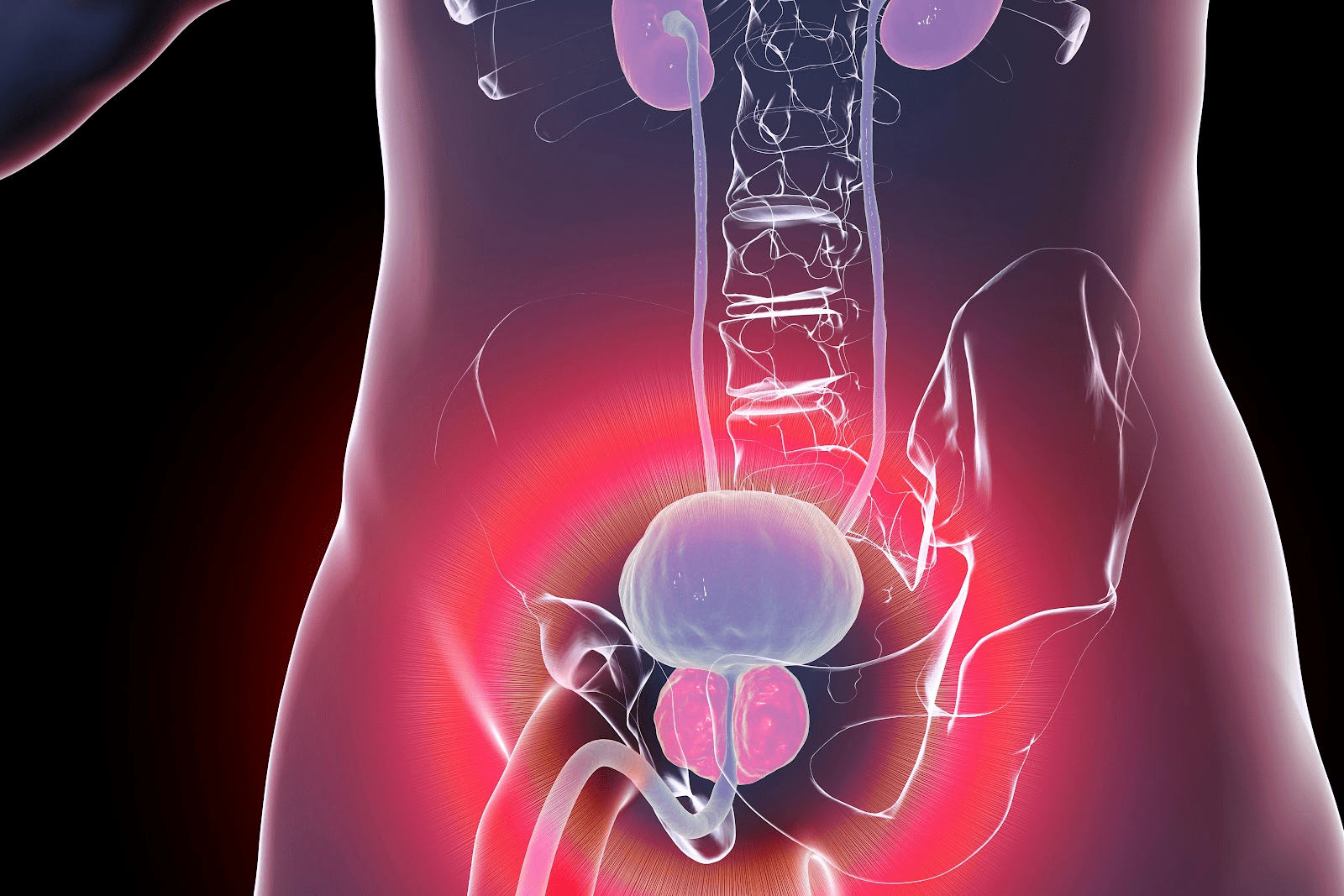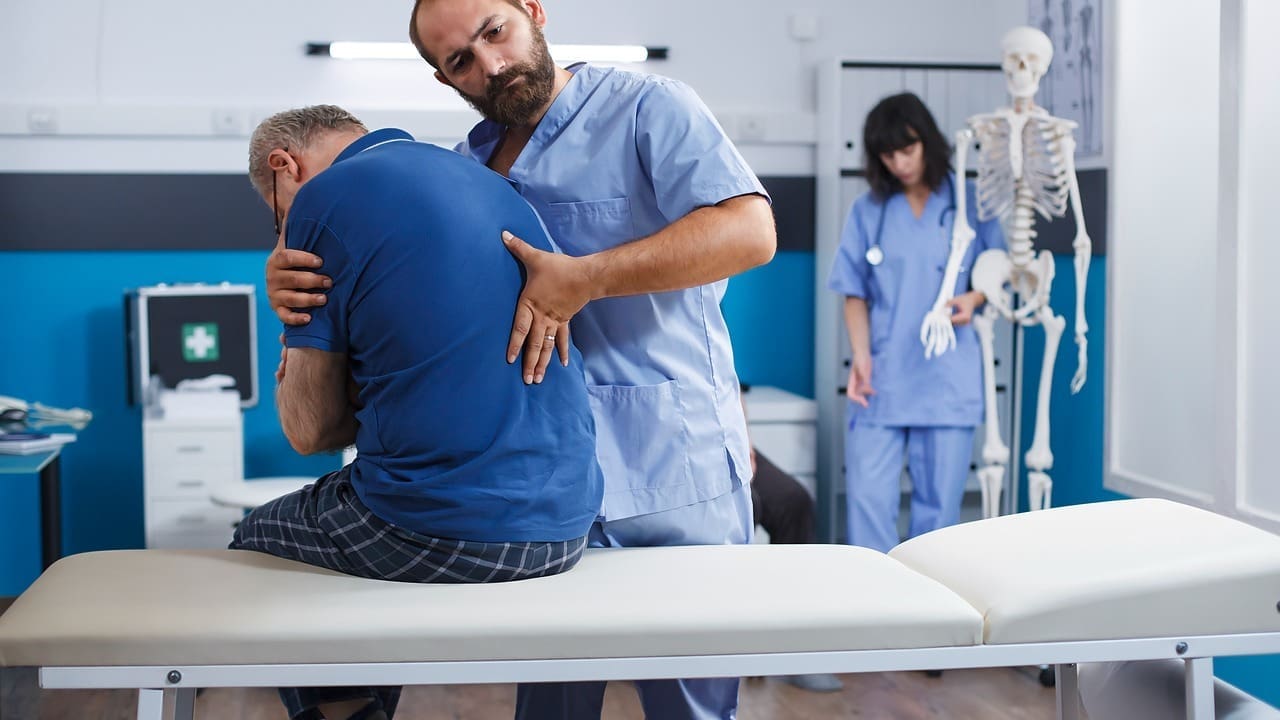Last Updated on November 27, 2025 by Bilal Hasdemir
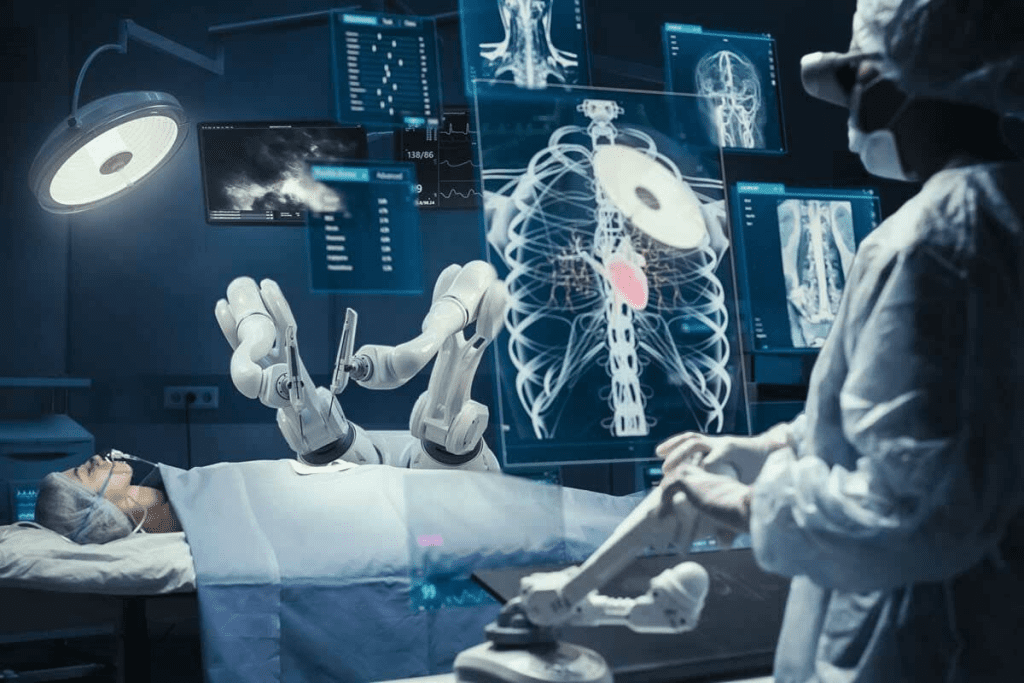
Understanding the strengths and limits of different imaging tools is key. At Liv Hospital, we focus on picking the best tool for each patient’s needs. CT scans and MRI are two powerful tools for different jobs. One important question is what does a ct scan show that an mri cannot. CT scans use X-rays to make detailed images, which can better reveal certain bone injuries, lung issues, and acute bleeding compared to MRI. MRI, on the other hand, uses strong magnets and radio waves and is better for soft tissue evaluation. We tailor our approach for each patient, using the latest technology to ensure accurate diagnoses and effective treatment plans.
Key Takeaways
- CT scans are faster and often used in emergencies because they work quickly.
- MRI shows soft tissues better, making it great for certain conditions.
- The cost of CT scans and MRI can change a lot based on the procedure and tech.
- Liv Hospital offers top-notch healthcare with full support for international patients.
- We make our diagnostic choices based on the latest medical evidence and protocols.
The Fundamentals of Medical Imaging
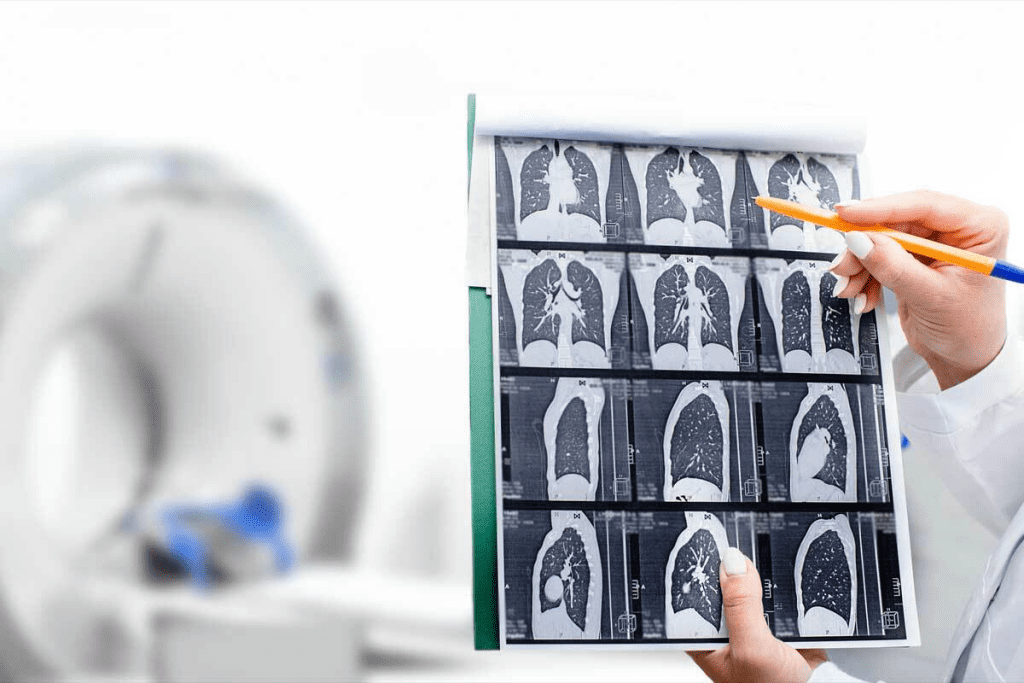
Understanding medical imaging basics is key to seeing how CT scans and MRI work. These tools are vital in healthcare, letting doctors see inside the body clearly.
We’ll dive into the basics of CT scan and MRI tech. This will help us understand how they create detailed body images.
How CT Scanning Technology Works
CT scans use X-rays and computers to make body images. A rotating gantry with an X-ray tube and detectors captures data. This data is then turned into clear images by advanced algorithms.
Key components of CT scanning technology include:
- X-ray tube: Produces X-rays that penetrate the body
- Detectors: Capture X-rays that have passed through the body
- Gantry: Rotating frame that houses the X-ray tube and detectors
- Computer system: Reconstructs images from captured data
How MRI Technology Functions
MRI uses a strong magnetic field and radio waves to create images. First, the patient is placed in a strong magnetic field. This aligns hydrogen nuclei in their body. Then, radio waves disturb these nuclei, producing signals for detailed images.
The key components of MRI technology include:
- Magnet: Produces a strong magnetic field
- Radiofrequency coils: Transmit and receive radio waves
- Gradient coils: Modify the magnetic field to spatially encode signals
- Computer system: Reconstructs images from captured signals
| Technology | Primary Mechanism | Key Strengths |
| CT Scan | X-rays and computer reconstruction | Fast, excellent for bone and lung imaging |
| MRI | Magnetic field and radio waves | Superior soft tissue contrast, no radiation |
What Does a CT Scan Show That an MRI Cannot?

CT scans have unique benefits over MRI in some cases. They are key in emergency settings for certain conditions. This is because CT scans can show detailed images of specific issues.
Bone Structure and Fracture Visualization
CT scans are great for seeing bone structures and fractures. They use X-rays to make detailed images of the body. This makes them perfect for checking complex bone fractures and skeletal issues.
Key benefits of CT scans in bone structure visualization include:
- High-resolution images of bone fractures
- Accurate assessment of complex skeletal injuries
- Detailed visualization of bone density and structure
Calcification Detection Capabilities
CT scans are also good at finding calcifications in the body. Calcifications can mean certain health issues. CT scans can spot them accurately.
| Condition | CT Scan Capability |
| Kidney Stones | Highly visible due to calcification |
| Gallstones | Visible, if they are calcified |
| Vascular Calcification | Clearly detectable, helping in heart risk checks |
Acute Internal Bleeding Identification
CT scans are also vital for finding acute internal bleeding. This is a serious issue that needs quick action. CT scans can quickly spot this and help doctors act fast.
The sensitivity of CT scans in detecting acute hemorrhage is very important in trauma cases. Quick diagnosis is key.
CT Scan Advantages in Emergency Settings
CT scans are fast, easy to get, and very accurate. They are perfect for emergency situations where quick decisions are key. This helps save lives.
Speed and Efficiency in Critical Care
CT scans are quick. They can scan the whole body in seconds. This is great for emergencies where time is everything.
Rapid scanning helps doctors see injuries fast. They can spot bleeding and decide if surgery is needed.
Accessibility for Critically Ill Patients
CT scans are common in hospitals. They can be used on very sick patients. This means patients get the scans they need without delay.
Compatibility with Medical Implants
CT scans work well with many implants. This is good news for patients with pacemakers or metal rods. It lets doctors get detailed images without harming the implants.
| Advantage | Description | Benefit in Emergency Settings |
| Speed | Rapid scanning capabilities | Enables quick diagnosis and treatment planning |
| Accessibility | Widely available in hospitals | Timely diagnostic imaging for critically ill patients |
| Compatibility | Compatible with many medical implants | Safe for patients with certain implants, providing a viable diagnostic option |
MRI Strengths: Where CT Scans Fall Short
MRI technology is a key tool in modern medicine. It offers strengths that CT scans don’t, giving doctors a better view of some health issues.
Superior Soft Tissue Contrast Resolution
MRI shines when it comes to soft tissue contrast. It shows soft tissue problems clearly. This is great for spotting:
- Ligament and tendon injuries
- Muscle tears
- Certain neurological disorders
Its high contrast lets doctors see tiny tissue differences. This is key for accurate diagnosis and treatment.
Musculoskeletal Injury Assessment
MRI is top-notch for checking musculoskeletal injuries. It shows both bone and soft tissue details. This is perfect for looking at:
- Complex joint injuries
- Soft tissue tumors
- Inflammatory conditions like tendinitis
MRI gives a full view of the musculoskeletal system. This helps doctors create treatment plans that really work for each patient.
Functional and Physiological Imaging
MRI does more than just show anatomy. It also does functional and physiological imaging. This includes:
- Functional MRI (fMRI) for brain activity
- Magnetic Resonance Angiography (MRA) for blood vessels
- Diffusion-weighted imaging for early stroke signs
These advanced methods give insights into tissue function and physiology. They help doctors diagnose and track many conditions better.
MRI is essential in today’s medicine. It offers insights that CT scans can’t match, helping doctors understand and treat health issues more effectively.
Cost Comparison: CT Scans vs. MRI Procedures
It’s important for patients and healthcare providers to know the cost of medical imaging. The cost can affect the total healthcare expense. So, comparing the costs of different imaging methods is key.
Average Cost Breakdown in the United States
In the United States, a CT scan costs about $1,200. An MRI procedure is around $2,000. The price can change based on location, facility type, and technology used.
| Imaging Modality | Average Cost |
| CT Scan | $1,200 |
| MRI | $2,000 |
Insurance Coverage Considerations
Insurance coverage is a big factor in what patients pay for imaging. Most plans cover CT scans and MRI procedures. But, how much they cover can differ. Patients should check their insurance to know what’s covered.
For more details on CT scans and MRI, visit this resource.
Factors Influencing Cost Variations
Several things can change the cost of CT scans and MRI procedures. These include the location, technology, and the team’s expertise. Also, whether it’s done in a hospital or clinic can affect the price.
Knowing these factors and the average costs can help patients and healthcare providers make better choices. This is about choosing the right imaging for the right price.
Radiation Exposure and Exposure Profiles
Choosing between CT scans and MRI means looking at the good and the bad. This includes radiation risks and other safety issues. It’s key to know the details of each to keep patients safe and get the best care.
CT Scan Radiation Considerations
CT scans use ionizing radiation to see inside the body. This tech is great for finding many health problems. But, it can raise cancer risk, mainly in kids and teens. Yet, CT scans are often needed fast, so their benefits are big.
New CT scanners use less radiation than before. They have special features to cut down on radiation while keeping images clear. We must think about these new features when deciding if a CT scan is right for someone.
MRI Safety Concerns
MRI doesn’t use ionizing radiation, making it safer than CT scans. But, MRI has its own dangers. The strong magnetic field can harm metal implants like pacemakers. People with these implants might not be able to have an MRI.
Also, MRI machines can make some people feel trapped or scared. To help, some places have open MRI machines or sedation for those who are nervous. It’s also important for patients to take off any metal items before an MRI.
Patient-Specific Risk Evaluation
Looking at each patient’s risks is key to better care. Age, health history, and metal implants are important when choosing between CT scans and MRI. For example, MRI might be better for young patients or those needing many scans to avoid too much radiation.
Understanding both the patient’s needs and the imaging options is important. This way, doctors can make choices that are safe and effective. It’s all about finding the right balance for each patient.
Clinical Applications: When CT is the Superior Choice
CT scans are top-notch for quick and precise imaging. This is true for trauma and emergency assessments. They are the go-to choice because of their speed, accuracy, and detailed images.
Trauma and Emergency Assessment
CT scans shine in trauma and emergency care. They quickly check for injuries and help decide on immediate treatment. They’re key for checking head injuries, spinal trauma, and internal bleeding.
Their speed can be a lifesaver. It allows for fast decisions and actions.
- Rapid Assessment: CT scans give quick results, vital in emergencies.
- Comprehensive Imaging: They can scan many body parts fast, like the head, spine, and abdomen.
- Guiding Treatment: Their detailed images help plan surgeries or other treatments.
Lung and Chest Pathology
For lung and chest issues, CT scans beat X-rays. They spot problems like pneumonia, lung nodules, and pulmonary embolism. Their high-resolution images let doctors see how serious the disease is and track changes.
Abdominal and Pelvic Emergencies
CT scans are key for abdominal and pelvic emergencies, like appendicitis or internal bleeding. They find the cause, see how bad it is, and guide treatment. Seeing the details of these areas is essential.
Vascular Imaging Applications
CT scans are also great for vascular imaging. They help find and track blood vessel problems like aneurysms and stenosis. The clear images help plan treatments, like stenting or surgery. For more on CT scans vs. MRI in vascular imaging, check this resource.
Knowing CT scans’ strengths helps healthcare providers choose the best imaging for patients.
Clinical Scenarios Where MRI Excels
MRI is a top choice for many medical needs. It offers clear views of soft tissues, which is key for patient care. This makes it a go-to tool in many clinical situations.
Neurological Disorders and Conditions
MRI shines when it comes to neurological issues. It gives detailed looks at the brain and spinal cord. This helps in diagnosing conditions like multiple sclerosis, stroke, and brain tumors.
It helps us see how much damage there is and how diseases progress. This info is vital for making treatment plans.
Orthopedic and Sports Injuries
MRI is also great for looking at orthopedic and sports injuries. It shows soft tissue injuries like ligament sprains, tendonitis, and meniscal tears. This is super helpful for doctors and sports medicine experts.
With MRI’s clear images, doctors can accurately diagnose and plan treatments. This might include surgery if needed.
| Condition | MRI Benefits |
| Ligament Sprains | Detailed visualization of ligament damage |
| Tendonitis | Assessment of tendon inflammation and damage |
| Meniscal Tears | Accurate diagnosis of meniscal injuries |
Oncological Applications
In oncology, MRI is a big deal. It helps in staging and tracking tumors. It shows soft tissue details, which is key for tumor size, location, and spread.
It guides treatment choices like surgery, chemotherapy, and radiation. The MRI data is essential for making treatment plans that fit each patient.
MRI’s role in oncology shows its wide range of uses in medicine. It gives insights that help improve patient care.
Technological Advancements Narrowing the Gap
The world of medical imaging is changing fast. Big steps are being made in CT and MRI tech. These changes are making images clearer, helping doctors diagnose better, and cutting down on radiation. They also open up new uses for these tools.
Latest CT Innovations
CT tech has improved a lot. It now takes less time to scan and uses less radiation. A big leap is spectral CT, which can tell different tissues apart. This is great for cancer, where it helps spot tumors better.
Photon-counting CT is another big step. It gives clearer images and less noise than old scanners. This means doctors can find small problems and make more accurate diagnoses.
Recent MRI Developments
MRI tech has also made big strides. Functional MRI (fMRI) lets doctors see how the brain works. This is key for brain studies and diagnosing brain diseases.
Hyperpolarized MRI is another innovation. It lets doctors see how the body’s cells work. This is very useful for cancer, where it helps track how treatments are working.
Hybrid Imaging Technologies
Hybrid imaging is mixing CT and MRI tech. PET/CT and PET/MRI systems combine PET’s function info with CT or MRI’s detailed images. These systems help doctors make more accurate diagnoses and are very useful in cancer care.
As these techs keep getting better, we’ll see even more advanced tools. Adding artificial intelligence and machine learning to hybrid imaging will likely make diagnosing even better. This will help patients get better care.
Patient Experience Considerations
Patient experience is key in diagnostic imaging. It affects the choice between CT scans and MRI and the quality of care. It’s not just about the medical side but also comfort, anxiety, and satisfaction with the procedure.
CT Scan Procedure Overview
CT scans are quicker and easier to get than MRI scans. A CT scan has you lying on a table that slides into a big machine. The scan takes just a few minutes. But, you might get contrast dye to make certain parts of your body show up better.
Key aspects of the CT scan procedure include:
- Short duration, typically a few minutes
- Use of contrast dye for enhanced imaging
- Open design, which can be less claustrophobic than MRI
MRI Procedure Challenges
MRI scans offer better detail but come with challenges. You have to stay very quiet and calm in a small space for a long time. This can be hard for those who are scared of small spaces or get anxious easily. The machine also makes loud noises, which can be scary.
Common challenges associated with MRI procedures include:
- Claustrophobia and anxiety due to the enclosed space
- Loud noises generated by the machine
- Longer duration compared to CT scans, often up to 30 minutes or more
Special Population Considerations
Some groups need special care during imaging tests. Kids might need to be sedated to stay calm. Pregnant women should avoid certain dyes. People with kidney disease might need different tests to avoid problems.
| Population | Special Considerations |
| Pediatric | Sedation may be required to ensure patient remains |
| Pregnant | Avoidance of certain contrast agents to prevent harm to the fetus |
| Patients with Kidney Disease | Alternative imaging techniques may be necessary to avoid complications |
Healthcare providers can make imaging tests better for everyone. They can make sure each patient gets the care they need, making them more comfortable and cared for.
Decision-Making Framework for Clinicians
Choosing between CT scans and MRI is a big decision. Clinicians must think about the good and bad of each option. This helps us make choices that help our patients.
Diagnostic Algorithm Development
Creating a diagnostic algorithm is key. It helps us pick the right imaging test for each case. We look at the patient’s history and what we think might be wrong.
For example, a CT scan is often first for suspected stroke because it’s quick. But if we’re not sure, an MRI might give us more details about the brain.
Patient-Specific Factors
Every patient is different, and that affects our choices. We think about their age, health, and if they can have certain tests. For instance, some patients can’t have MRI because of metal implants.
- Age and medical history
- Contraindications to certain imaging modalities
- Patient anxiety or claustrophobia
Resource Availability Considerations
How easy it is to get tests is also important. We look at if CT and MRI machines are available and who can use them. In emergencies, we might choose based on how fast we need answers.
By thinking about these things, we can make better choices for our patients. This leads to better health outcomes for everyone.
Conclusion: Optimizing Diagnostic Imaging Selection
We’ve looked at the benefits and uses of CT scans and MRI. Each has its own strengths in different medical situations. The right choice depends on the patient’s needs and the medical question at hand.
Choosing the right imaging test is key to good patient care. Knowing the differences between CT scans and MRI helps doctors make better decisions. This ensures accurate diagnoses while keeping patients safe and comfortable.
When comparing CT scans and MRI, we see their unique advantages. CT scans are great for quick, accurate diagnoses in emergencies. MRI, with its clear images of soft tissues, is best for checking the brain and muscles.
As medical imaging gets better, picking the right test will always be important. Keeping up with new CT and MRI tech helps doctors give their patients the best care. This improves the diagnostic process and patient care overall.
FAQ
What is the main difference between a CT scan and an MRI?
CT scans use X-rays to create detailed images. MRI uses strong magnets and radio waves for internal structure visualization.
What can a CT scan show that an MRI cannot?
CT scans are great for bone structures, calcifications, and acute bleeding. They’re key in emergency medicine.
What does MRI show that CT doesn’t?
MRI is better for soft tissue, like muscles and nerves. It’s best for injuries, disorders, and some cancers.
How do the costs of CT scans and MRI compare?
CT scans are cheaper, costing $200 to $1,000. MRI costs range from $400 to $3,500, based on complexity and location.
Are CT scans or MRI safer?
Both have risks. CT scans use radiation, while MRI has magnetic field and claustrophobia concerns. It’s important to weigh these risks for each patient.
When is a CT scan preferred over MRI?
Use CT scans for trauma, lung issues, and abdominal emergencies. They’re also good for vascular imaging.
When is MRI preferred over CT scans?
MRI is better for neurological issues, orthopedic injuries, and some cancers. Its soft tissue detail is unmatched.
What are the latest advancements in CT and MRI technologies?
New tech improves image quality and reduces radiation. Hybrid imaging combines different modalities for better diagnostics.
How do patient experiences differ between CT scans and MRI?
CT scans are quicker and easier to get. MRI procedures are longer and can be tough for those with claustrophobia or implants.
What factors influence the choice between CT scans and MRI for clinicians?
Doctors consider the patient’s needs, the situation, and what’s available. They aim for the best diagnostic care.
What does a CT scan show that an MRI doesn’t?
CT scans are better for bones, calcifications, and acute bleeding.
What does an MRI show that a CT scan doesn’t?
MRI excels at soft tissue images. It’s best for muscles, nerves, and some cancers.
How do insurance coverage considerations affect the choice between CT scans and MRI?
Insurance varies. Knowing what’s covered and what you’ll pay out-of-pocket is key when choosing between CT and MRI.
Are there special considerations for certain populations undergoing CT scans or MRI?
Yes, kids, pregnant women, and those with implants or claustrophobia need special care.
References
- Hussain, S., et al. (2022). Modern diagnostic imaging technique applications and challenges. https://pmc.ncbi.nlm.nih.gov/articles/PMC9192206/
- Alfaro, A., Messa, C., & Alizadeh, N. (2024). Nuclear medicine imaging for bone metastases assessment. Frontiers in Medicinehttps://www.frontiersin.org/journals/medicine/articles/10.3389/fmed.2023.1320574/full


